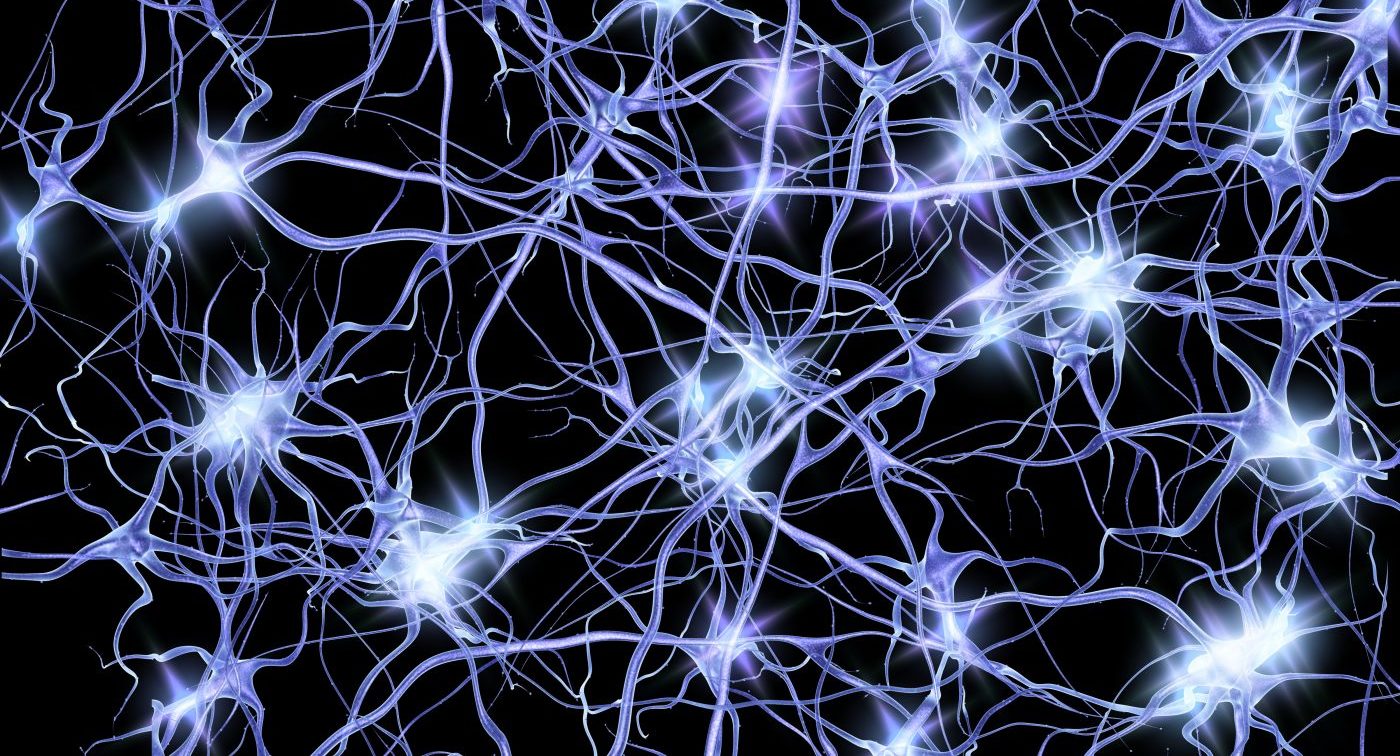The reading on “Computer Vision for Artists and Designers” discusses how computer vision is becoming more accessible to students/artists due to easier-to-use software and open-source communities. Out of the many projects showcased, I was really impressed (and slightly creeped out) by Rafael Lozano-Hemmer’s installation Standards and Double Standards (2004), where belts were controlled by a computer vision-based tracking system, causing the buckles to rotate automatically to follow the public. It was really interesting to see this type of interaction that, in a way, isn’t intentional, direct, or digital. However, when it came to the project Suicide Box by the Bureau of Inverse Technology (1996), where a motion-detection video system was utilized to record real data of suicides, I found that ethically concerning. You don’t need to record such events to store data; yet, on the other side, it might serve as a security measure for people who have presumably been missing. It is a pretty controversial project, to say the least.
Furthermore, the reading discussed the different kinds of problems that vision algorithms have been developed to address, and their basic mechanisms of operation, such as detecting motion, detecting presence, object tracking, and basic interactions. All of which the designers of C2’s doors should have taken into account. Moreover, something new I have come across is the term “Telecentric lenses,” which are lenses used to improve object recognition by maintaining constant magnification regardless of distance. Yet, I came to find out that it is high in cost, large in size, and heavy in weight, in addition to causing some distortion issues. So, I wonder when it is appropriate to use it or if it is smart to do so to begin with. All in all, this was a very interesting read that showed me that interaction can be more than just key or computer-based; rather, it’s more about innovative ways to bridge the two different worlds we live in! Last but not least, I wonder where the line is drawn when it comes to privacy and motion/facial detection. Have we as a society come to accept that we are being watched & listened to all the time, whether it’s your phone’s facial recognition or the immediate response after “Hey Siri!” ?







